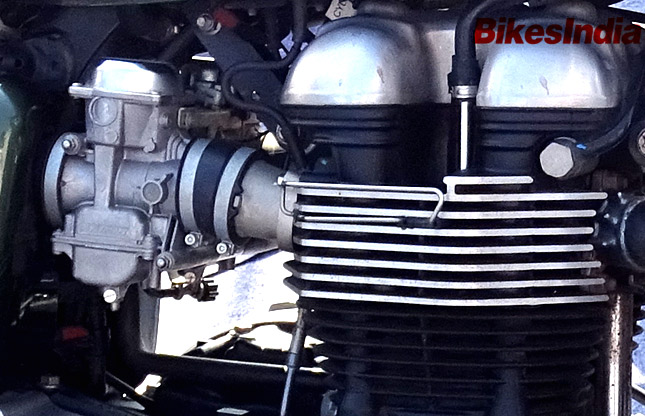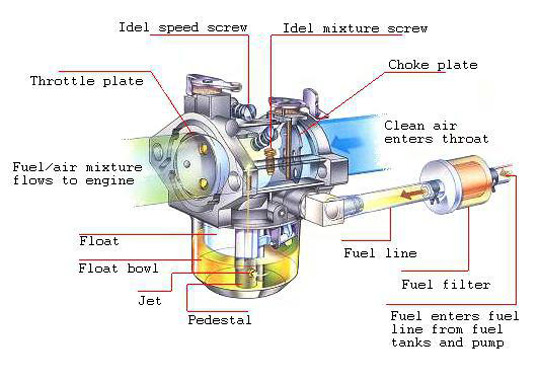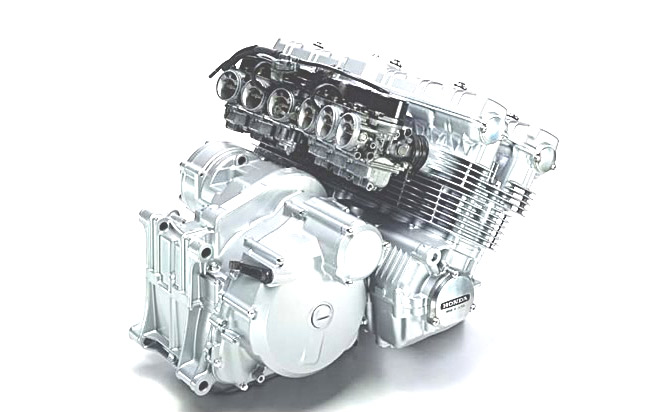 Pretty sure most of you must have heard about this term along with fuel injection. Many of you must also have a faint idea about the working of carburetors. But we are going to dive deep into the working of carburetors in complete detail here. So gear up to absorb the knowledge of carburetors and their working. Just to clear a few things, most of the bikes plying on the roads today consist of carburetors are cheaper and easy to maintain and tune. On the other hand Fuel Injections (EFI) are expensive, but provide a much smoother performance. Come 2020, carburetors are going to be extinct on all the new bikes being launched into the market owing to adoption of BS VI emission standards in India which required fuel injection as standard on all bikes for being compatible.
Pretty sure most of you must have heard about this term along with fuel injection. Many of you must also have a faint idea about the working of carburetors. But we are going to dive deep into the working of carburetors in complete detail here. So gear up to absorb the knowledge of carburetors and their working. Just to clear a few things, most of the bikes plying on the roads today consist of carburetors are cheaper and easy to maintain and tune. On the other hand Fuel Injections (EFI) are expensive, but provide a much smoother performance. Come 2020, carburetors are going to be extinct on all the new bikes being launched into the market owing to adoption of BS VI emission standards in India which required fuel injection as standard on all bikes for being compatible.What are Carburetors?
Before the days of the launch of fuel injection, carburetors were the ones responsible to provide the fuel and air mixture for the engine to run on. As we know, internal combustion engines require fuel and air to burn to produce energy. Carburetors are responsible for generating the fuel-air mixture and delivering it into the combustion chamber.
READ ALSO: Carburetor Vs Fuel Injection- Motorcycle Fuel Systems
They are the basic block to the proper functioning of the motorbike and the amount of fuel entering the engine for each combustion cycle is controlled by the carburetor. The system is not as sophisticated, neither is it electronically controlled in any way. But the efficiency of the system is based on the basics of physics allowing the system to be functioning till date owing to the cost-efficient nature and easy maintenance nature of the carburetors.
How Carburetors Function?
 A basic carburetor is a small mixing tank with valves in it on two ends. There are inlet valves and an exhaust nozzle on it. The valves on the carburetors are known as butterfly valves owing to the butterfly shape which open from either side and contain a hinge for its movement in the middle. The amount of opening in the valve is controlled by the accelerator cable which allows the air to enter into the carburetor along with the fuel. The fuel from the tank and the air through the air filter mix inside the carburetor and the vacuum pressure generation from the combustion chamber creates a suction force to push the air-fuel mixture from the carburetor into the combustion chamber and that is how the carburetor functions.
A basic carburetor is a small mixing tank with valves in it on two ends. There are inlet valves and an exhaust nozzle on it. The valves on the carburetors are known as butterfly valves owing to the butterfly shape which open from either side and contain a hinge for its movement in the middle. The amount of opening in the valve is controlled by the accelerator cable which allows the air to enter into the carburetor along with the fuel. The fuel from the tank and the air through the air filter mix inside the carburetor and the vacuum pressure generation from the combustion chamber creates a suction force to push the air-fuel mixture from the carburetor into the combustion chamber and that is how the carburetor functions.READ ALSO: Understanding The Utility And Working Of Choke In Two Wheelers
The tuning of the carburetor is the adjustment of the slit for the air entering into the carburetor. In case the amount of air flow is less, the amount of air compared to the fuel present is less resulting in a rich mixture and could result in incomplete combustion. On the other hand if the air flow is high, the amount of air compared to fuel will be more resulting in a rich mixture leading to low power output as well as overheating of the engine. So during the tuning process of the carburetor, special care needs to be taken.
Multi-Cylinder Carburetor System:
 In case of multi-cylinder engines which are carbureted, equal number of carburetors are required for the number of engines in the bike. So for a twin-cylinder engine, two carburetors are required, whereas for a three cylinder engine, three carburetors are required and so on. The reason being, handling the task of providing the air-fuel mixture on a single carburetor for all the cylinders could result in improper provision and lead to discrepancies for the air-fuel mixture being supplied to each cylinder. This could result in improper functioning and lower power generation as well as efficiency of the engine and also improper functioning due to excess induced stress on the engine. This is the reason why the number of carburetors in the engine is equal to the number of cylinders.
In case of multi-cylinder engines which are carbureted, equal number of carburetors are required for the number of engines in the bike. So for a twin-cylinder engine, two carburetors are required, whereas for a three cylinder engine, three carburetors are required and so on. The reason being, handling the task of providing the air-fuel mixture on a single carburetor for all the cylinders could result in improper provision and lead to discrepancies for the air-fuel mixture being supplied to each cylinder. This could result in improper functioning and lower power generation as well as efficiency of the engine and also improper functioning due to excess induced stress on the engine. This is the reason why the number of carburetors in the engine is equal to the number of cylinders.READ ALSO: Is Your Motorcycle Running Lean Or Rich?
This is how the carburetor functions. So the next time if you feel that your bike is under-powered than before or there is a drop in mileage as well as smoke exiting your exhaust pipe, make sure to check your carburetor in case of a failure. And also make sure to regularly service your carburetor after every 10,000 kilometers interval at the least, as the actual recommendation is to get it cleaned and checked out at every servicing. Take care of your carburetor and it will take care of you when riding your bike.
By: Pratik Patole











